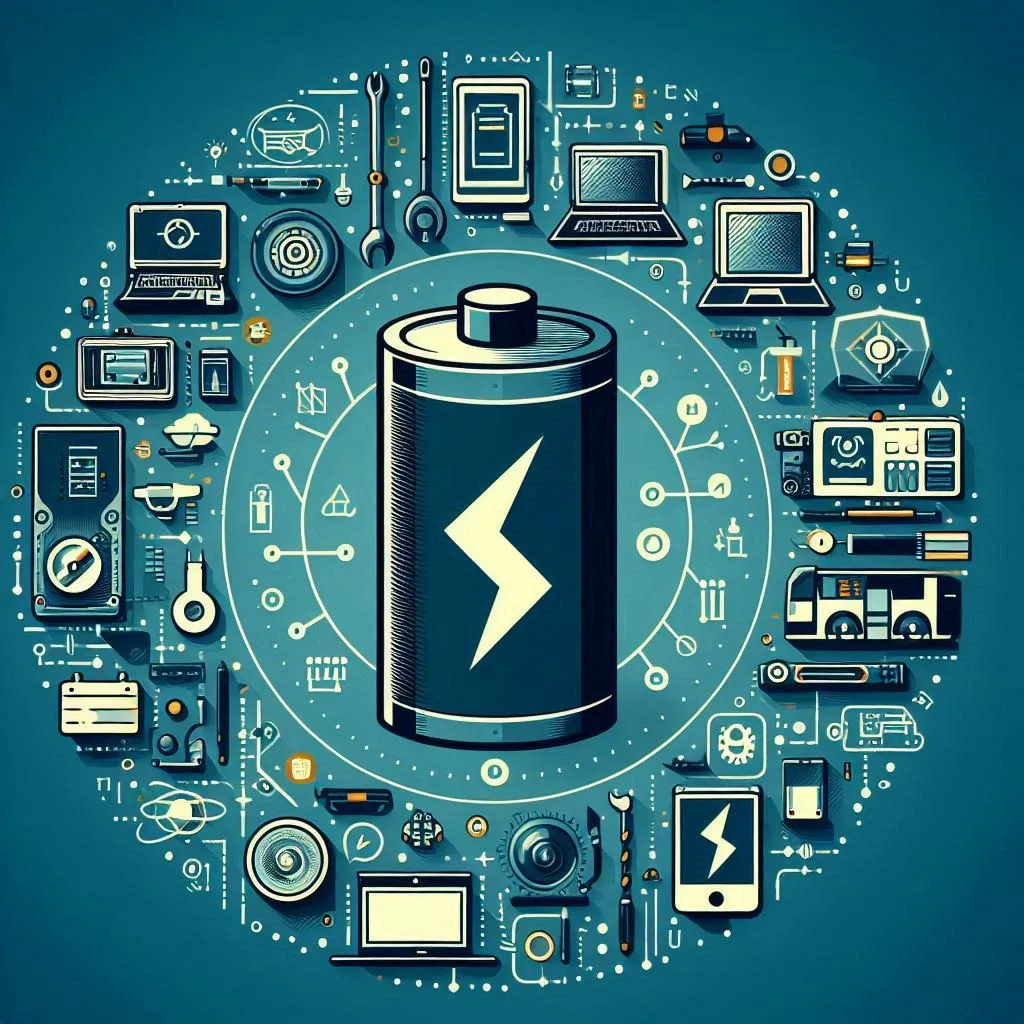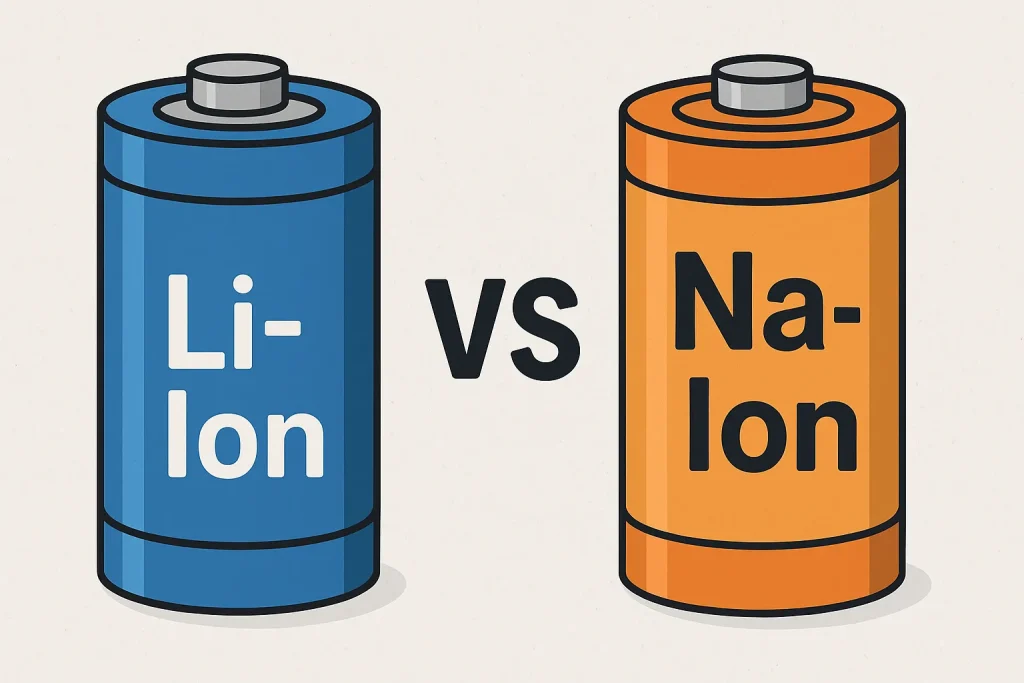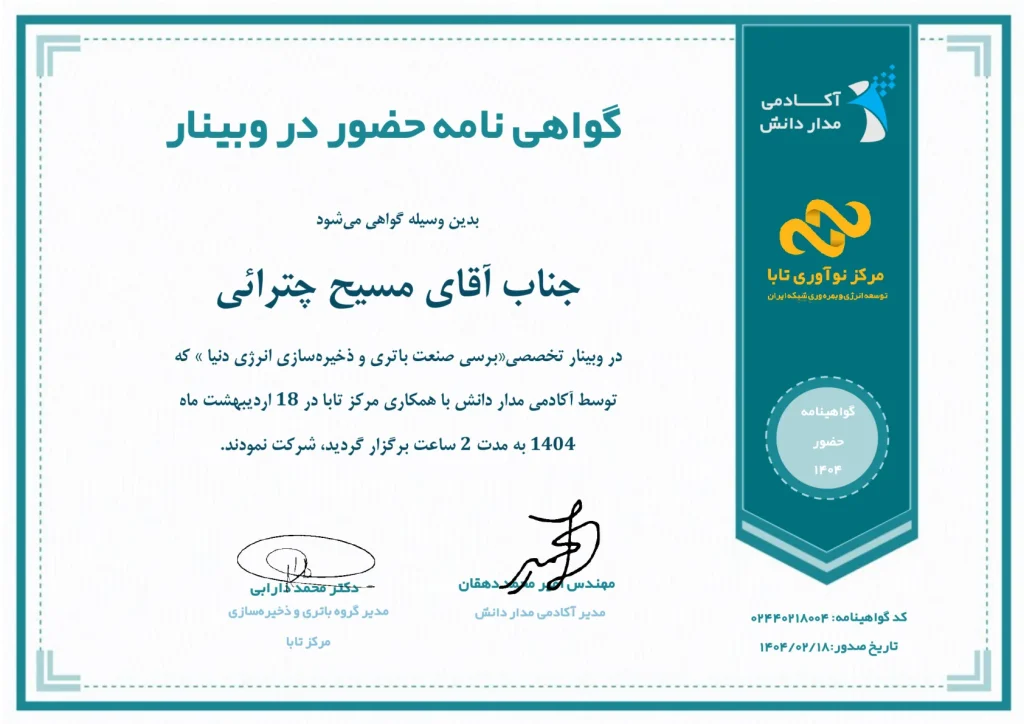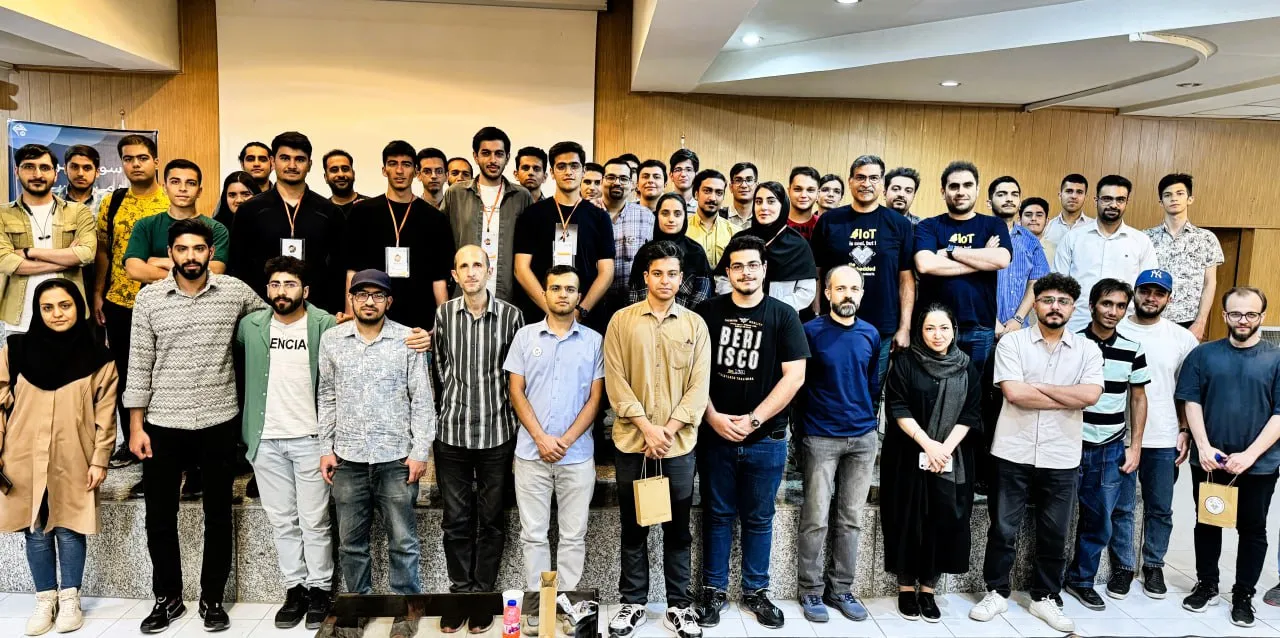
Last week, I had the opportunity to attend a webinar on “A Statistical Review of the Global Battery and Energy Storage Industry.” What initially seemed like an uninteresting technical topic quickly turned into an engaging discussion full of revolutionary ideas. The speaker of the webinar, Dr. Darabi (Head of the Battery and Storage R&D Group at Taba Center), was enthusiastic about the future of the industry, and I, like the other participants, was overwhelmed by their exciting numbers and predictions. In this post, I will not only share with you a summary of what I learned, but also talk about the impact of these developments on everyday life, especially the Internet of Things (IoT) technology that is everywhere these days.
Statistics and figures
- Battery Industry in Statistics: A Trend That Will Surprise You:
When we look at the statistics, we really understand why batteries are called the “new gold”. According to the data provided:
+The global battery market will reach about $300 billion by 2030.
+Lithium-ion batteries will still have a market share of over 70% by that year.
+The cost of producing a kilowatt-hour of a battery, which was around $1,200 in 2010, will drop to less than $100 by 2030! - But it’s not just about the numbers. There are interesting stories behind these figures; such as the efforts of start-ups to develop environmentally friendly batteries or the fierce competition between technology giants to register new patents. Companies such as Tesla, which produces electric cars, are investing heavily in this field and are increasing the potential for energy storage in efficient ways.

From Lithium-ion to Future Batteries: Which Technology Will Win?
The webinar explained well why lithium-ion batteries are still the best:
+High energy density (the same thing that keeps your phone on all day).
+Relatively long life cycle.
+Faster charging times than previous generations.
But more exciting news is coming about the technologies that are coming:
- 1.Solid-State Batteries: Like when we migrated from hard drives to SSDs! These batteries are safer (no more worrying about your phone battery catching fire!) and have an incredible energy density, as well as longer durability and faster charging capabilities. The challenges of these types of batteries are their production costs and difficulty in scaling them.
- 2. Sodium-ion batteries: Cheaper than lithium and its raw materials are readily available. Perhaps the future of energy storage in power plants.The advantages of these types of batteries are the use of sodium instead of lithium, which is more readily available. They are more resistant to temperature changes and are suitable for harsh conditions such as power grid energy storage. On the other hand, they have a lower energy density than lithium-ion batteries and are probably not suitable for small devices.
An interesting point that the speaker mentioned was: “We are on the verge of a revolution in battery raw materials. Perhaps in ten years the composition of the materials inside the batteries will be completely different from today!”


The Importance of Energy Storage in the Internet of Things: When Everything Needs a Battery.
This was the most interesting part of the webinar for me personally. Today, the Internet of Things has crossed the 50 billion connected devices mark. But the problem is that many of these devices are installed in places where there is no possibility of wiring or constant battery replacement. This is where the importance of long-lasting, self-charging batteries becomes clear
Some concrete real-life examples:
- Smart Home: Imagine your smoke and gas detectors running on batteries that last 10 years without needing to be replaced. No more worrying about running out of batteries at the crucial moment!
- Precision Agriculture: On a large farm, soil moisture sensors with small solar batteries can collect data for years without requiring any maintenance.
- Health Wearables: Blood sugar or blood pressure monitoring devices that are charged by kinetic energy (the movement of the user’s hand)
- Smart cities: Traffic lights that work without problems in cold winters and hot summers because their batteries are optimized for harsh conditions.
- One of the webinar participants told an interesting story: “In an environmental monitoring project, sensors installed on sea turtles worked with biodegradable batteries that were absorbed into the environment after their useful life without causing pollution.”
The future that awaits us:
At the end of the webinar, we all came to the conclusion that the battery industry is no longer a peripheral issue, but one of the main pillars of technological progress. By 2030, we will see:
+Electric cars will travel 1,000 kilometers on a single charge.
+Smartphones may work for weeks without needing to be charged.
Our cities will be filled with IoT devices that draw their energy from their surroundings (sunlight, vibrations, even radio waves!)
My personal opinion:
As someone who has always been interested in technology, these developments give me hope for the future. The use of batteries with greater energy storage and the widespread use of renewable energy charging methods are helping technology progress a lot. What do you think will be the first area to be transformed by these developments? Are you, like me, waiting for the day when you no longer need to charge your mobile phone every night?
My attendance certificate




